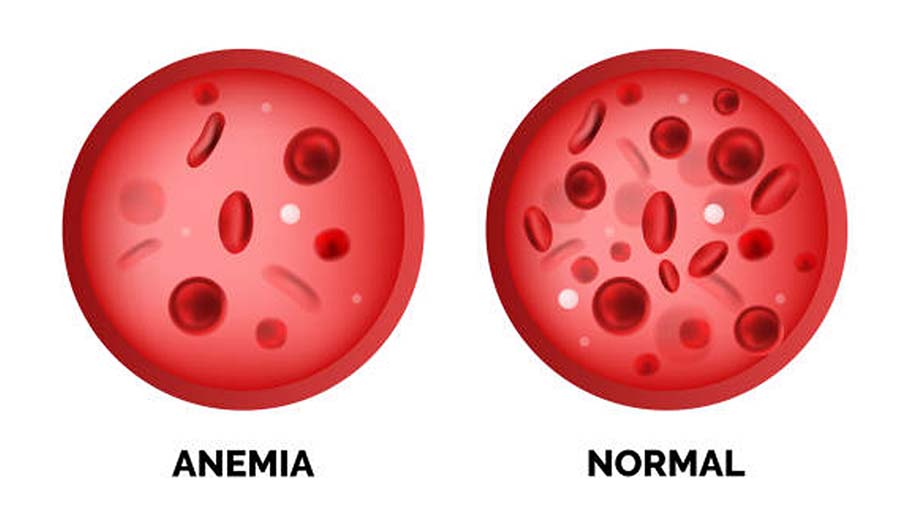How to diagnose anemia (part 7)

To diagnose anemia, your doctor is likely to ask you about your medical and family history, perform a physical exam, and run the following tests:
• Complete blood count (CBC): A CBC is used to count the number of blood cells in a sample of your blood. For anemia, your doctor will likely be interested in the levels of the red blood cells contained in your blood (hematocrit) and the hemoglobin in your blood.
Healthy adult hematocrit values are generally between 38.3% and 48.6% for men and 35.5% and 44.9% for women. Healthy adult hemoglobin values are generally 13.2 to 16.6 grams per deciliter for men and 11.6 to 15 grams per deciliter for women. These values may differ slightly from one medical practice to another.
Numbers might be lower for people who engage in intense physical activity, are pregnant or of older age. Smoking and being at high altitude might increase numbers.
• A test to determine the size and shape of your red blood cells: Some of your red blood cells might also be examined for unusual size, shape and color.
Additional diagnostic tests
If you receive a diagnosis of anemia, your doctor might order other tests to determine the cause. Occasionally, it can be necessary to study a sample of your bone marrow to diagnose anemia.
Courtesy: Mayo Clinic




